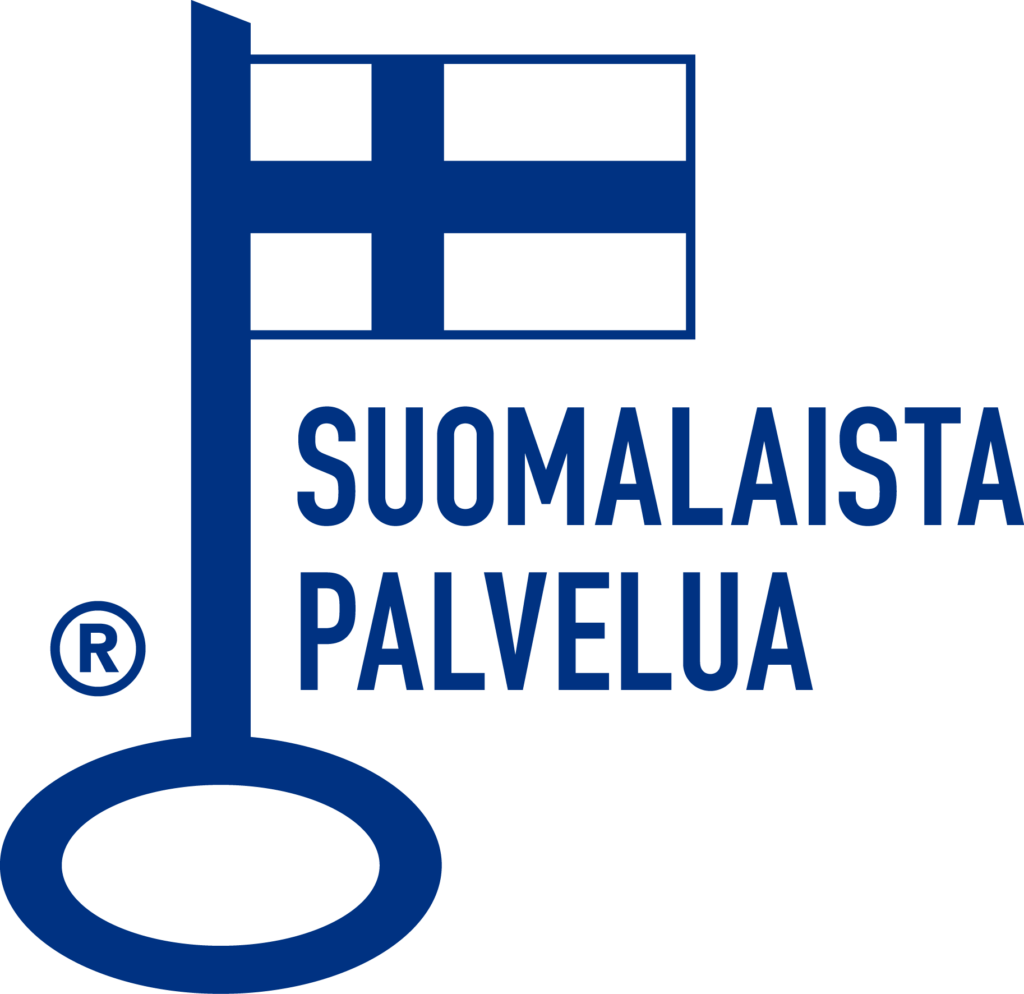Always keep web apps on your site up to date
From different web applications (e.g. WordPress, Joomla!, Drupal, etc.) can be found in various security vulnerabilities on a regular basis. Various security vulnerabilities are widely and often machine-exploited, so small sites can also be attacked. Updates to Web applications should be monitored at least every month and installed as soon as possible. If the site is not maintained for a long time for one reason or another, the entire site should be shut down or blocked from being used to prevent the site's web application from being attacked as it expires. Take Joomla, for example! 1.5 or WordPress 3.5 are already badly outdated.
Use secure sign-in methods
Use double authentication for important logins. Our dashboards support double authentication and we recommend activating it from the dashboard. File management is safe to do with SSH/SFTP connections using a password-protected SSH key. You can add the SSH key from the dashboard. Emails should only be logged in via an encrypted connection (SSL).
Update all service passwords as often as possible
Malicious users can gain access to the credentials used by the service, for example through malware. However, the compromised credentials are often not immediately exploited but are made public among the attackers some time after they have been compromised. Often a password that is changed every month will prevent large-scale use of the captured password. In addition, it is always advisable to change all passwords for a service when there is reason to suspect that malware has been present on the computer where the service credentials have been used. You can easily and securely create new passwords at https://suncomet.fi/passwords/.
Check file and directory permissions
You must have as few permissions as possible for files and directories. Commonly performing permissions are 755 (rwxr-xr-x) for directories and files. Files and directories can safely access up to 777 (rwxrwxrwx) permissions because each account is closed to their own file system, but we still recommend more restrictive permissions above. You can change permissions by using file management, FTP, or SSH (chmod) in the dashboard.
Remove unnecessary or unused IDs and web applications from the service
Useless, outdated, and unused IDs and web applications are particularly vulnerable to attack. For example, passwords for useless test IDs are often easy to guess or do not remember to change regularly. Also, test-installed webs applications are often not remembered to be updated, and even if they are not enabled, potential attackers can find them quite easily.
Keep all computers that use service IDs up-to-date
The security of computers that use service IDs must not be underestimated. Very often, malware obtained from an email or through a website manages to pry into service IDs and send them to harmers. Therefore, it is important to keep your computer's operating system up-to-date and to purchase a reliable and comprehensive security application to help protect your computer from malware.
Regularly back up and store them in multiple locations
However, even if the provider takes backups of the accounts, it is always worth taking separate backups themselves and keeping them in different places. This is how you deal with unexpected and exceptional situations. We also offer a separate Additional Security add-on service where a backup of the account is stored in several locations.

